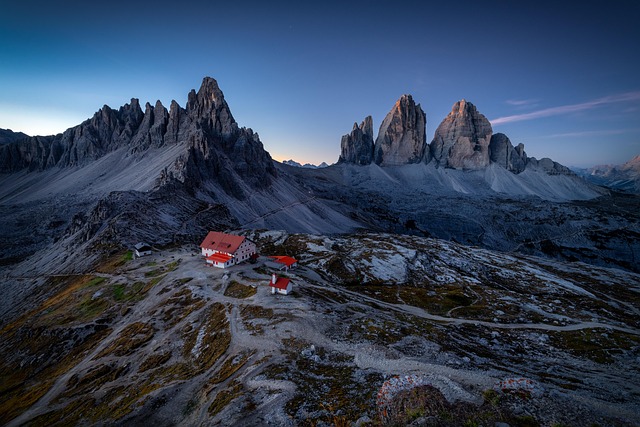In today’s rapidly changing world, the environment plays a critical role in our lives, deeply influencing the ecosystems we inhabit and the resources we depend upon. Among the pressing issues we face, desertification stands out as a significant threat to biodiversity, agriculture, and human livelihoods. As barren landscapes expand, the urgency for solutions becomes paramount. One innovative response to this challenge is the concept of shelters—protective structures and strategies that not only serve as safe havens for communities but also work to combat the effects of desertification and climate change.
Desertification, a process exacerbated by climate change, disrupts the delicate balance of our environment. As temperatures rise and rainfall patterns become erratic, many regions are experiencing increased aridity. This results in reduced agricultural yields, threatening food security and displacing countless families. In the face of such adversity, creating shelters can provide a refuge for communities at risk, offering both physical protection and a means of fostering sustainable practices.
These shelters can take various forms, from simple structures utilizing local materials to advanced eco-friendly designs that incorporate renewable energy sources. They represent a crucial pivot in thinking about how we approach both environmental degradation and community resilience. By building shelters, we empower local populations to adapt to their changing environment, providing spaces for families to thrive amidst the challenges posed by desertification.
Moreover, modern shelters can be designed to facilitate resource conservation. Innovative rainwater harvesting systems, effective insulation, and natural ventilation can dramatically reduce reliance on external resources, making communities more self-sufficient and less vulnerable to climate fluctuations. These spaces can also serve as community centers for education and collaboration, promoting awareness and action against the ongoing threats of climate change.
In a world where climate change looms large, shelters symbolize not just safety but also a beacon of hope. They reflect the resilience of human spirit and the determination to create sustainable futures. The act of building these shelters encourages a kinship with nature, fostering a sense of stewardship towards the environment. When communities come together to establish these safe havens, they build not only structures but also a collective commitment to protect and restore the land that they hold dear.
As we navigate through periods of unpredictability, let us embrace the idea of shelters as a multi-faceted approach to confronting desertification and climate change. They represent a blend of tradition and innovation, preserving cultural heritage while adapting to new realities. In prioritizing the construction and maintenance of shelters, we can create a more resilient society that thrives in harmony with the environment, ensuring that future generations inherit a planet rich in biodiversity, stability, and hope.


